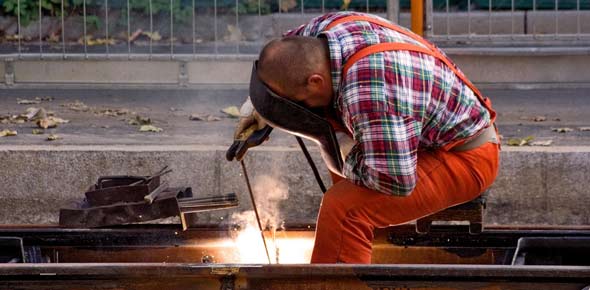CSWIP Multiple Choice Questions - Paper 1 Quiz
- CSWIP
- ISO 9606
- AWS D1.1
2.
You may optionally provide this to label your report, leaderboard, or certificate.
×
Thank you for your feedback!
















